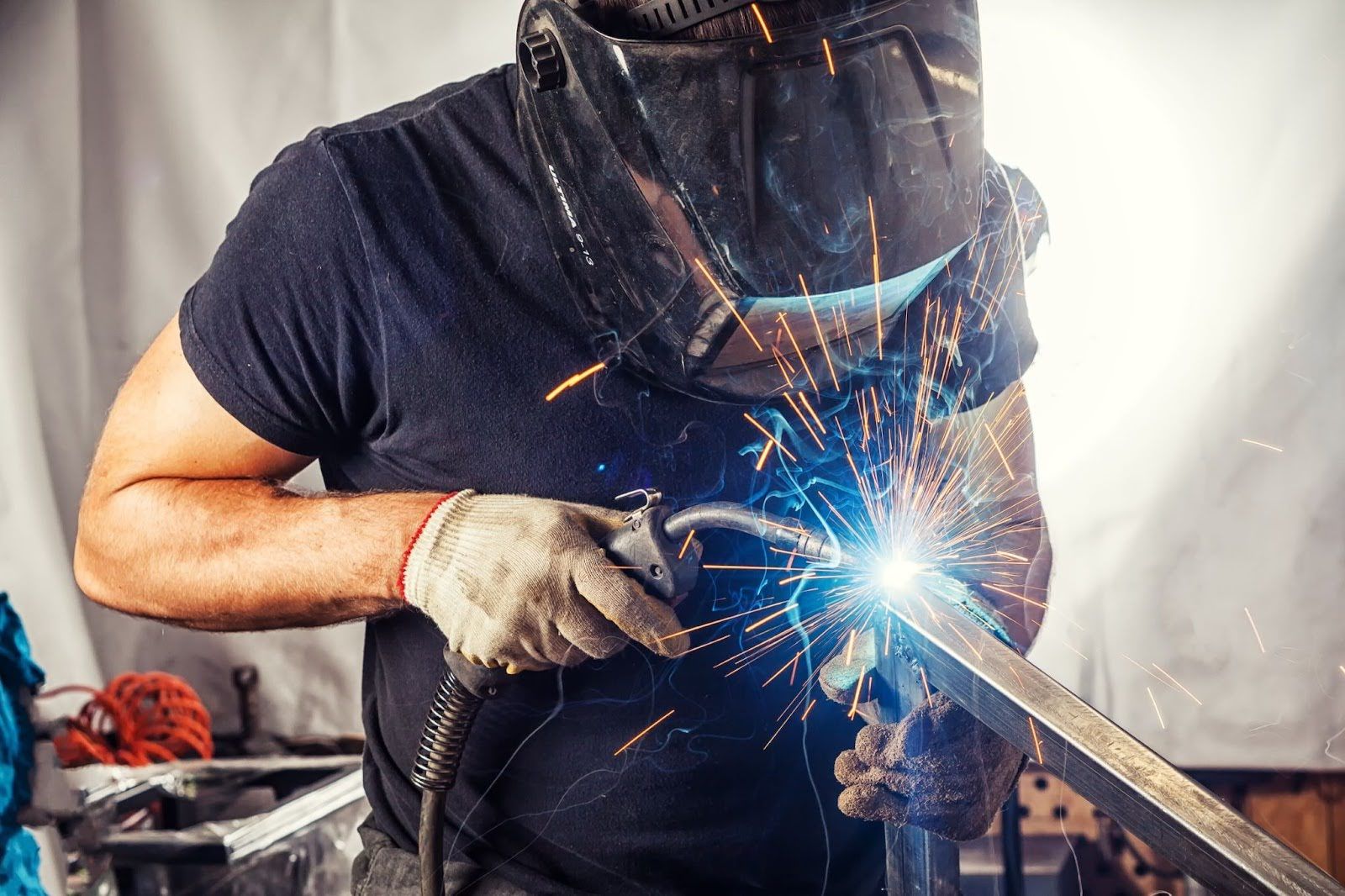Efficient Ways to Prevent Weld Undercut in Your Welding Tasks
Efficient Ways to Prevent Weld Undercut in Your Welding Tasks
Blog Article
Essential Tips for Welders: Stopping Undercut Welding and Ensuring Stronger Weld Joints
In the world of welding, attaining resilient and strong weld joints is the foundation of creating premium work. One common obstacle that welders commonly come across is undercut welding, which can endanger the honesty of the weld joint.

Understanding Undercut Welding
Undercut welding is an usual welding problem that takes place when the weld metal falls short to correctly load the groove and results in a groove-like clinical depression along the weld bead. This flaw damages the weld joint, making it vulnerable to splitting and failing under tension. Damaging can be triggered by different variables, including too much welding current, high welding speed, inappropriate electrode angle, incorrect electrode size, and bad welding strategy.
Among the primary factors for undercut welding is an imbalance in between the welding current and the welding rate. If the welding current is expensive or the welding speed is also quickly, the weld metal may not properly load the groove, resulting in damaging. Additionally, utilizing an electrode that is as well huge can lead to a similar outcome, as the excess metal can not appropriately move right into the groove.
To avoid undercut welding, welders should ensure they are utilizing the proper welding criteria, maintain a suitable electrode angle, choose the suitable electrode size, and practice appropriate welding methods. By resolving these variables, welders can decrease the threat of damaging and produce stronger, much more trustworthy weld joints.
Correct Welding Strategy
Effective welding technique plays an essential role in making certain the top quality and stability of weld joints. One fundamental element of proper welding method is maintaining the proper angle and distance in between the welding weapon and the workpiece.
In addition, a steady and regular hand motion is vital for creating solid and durable weld joints. Welders should go for smooth, uniform motions to ensure also distribution of the weld material. Proper control of the welding gun and filler material is also essential to accomplishing optimum penetration and blend.
Furthermore, regulating the warm input and selecting the proper welding parameters based on the product being welded are vital factors in accomplishing top quality welds - Preventing weld undercut. Welders must follow the suggested setups provided by welding procedure requirements and adjust them as required based upon the specific demands of the task. By mastering correct welding techniques, welders can considerably improve the toughness and reliability of their weld joints
Choosing the Right Electrode
When thinking about the value of picking the right electrode in welding applications,Maintaining the appropriate angle and distance between the welding gun and the workpiece is fundamental. The choice of electrode plays a critical duty in determining the quality and strength of the weld joint. Electrodes are available in numerous kinds, each designed for specific purposes and products.
To start with, picking the ideal electrode diameter is necessary. Thinner electrodes are suitable for welding slim products, while thicker electrodes are much better for thicker materials and higher heat applications. Matching the electrode diameter to the density of the work surface assists accomplish a balanced weld.
Secondly, comprehending the product structure of the electrode is crucial. Different electrodes are developed for welding particular materials like steel, stainless steel, light weight aluminum, or cast iron. Making use of the proper electrode product makes sure great fusion and minimizes the threat of issues in the weld.
Finally, taking into consideration the welding placement and strategy is vital when selecting the electrode type. Specific electrodes are better fit for above or vertical welding placements, while others function well for level or horizontal placements. Choosing the right electrode based upon the welding method enhances the total weld high quality and integrity.
Preparing the Base Steel
To make sure an effective welding process, what preliminary actions should be taken when preparing the base metal for welding? Furthermore, any kind of existing weld product or residue from previous welding ought to be gotten rid important link of to make certain a clean surface for the brand-new weld.

Carrying Out Post-Weld Evaluations

After performing these analyses, welders need to compare the results against sector requirements and project requirements to make certain that the weld joint fulfills all needed requirements. Any discrepancies or inadequacies found throughout the post-weld examination must be quickly addressed via proper restorative measures to assure the weld's stability. By vigilantly doing post-weld assessments and promptly resolving any type of issues, welders can promote the high quality and integrity of their job, ultimately contributing to the safety and longevity of the bonded structures.
Verdict

To conclude, protecting against undercut welding and making sure more powerful weld joints need a combination of correct welding technique, selecting the right sites electrode, preparing the base steel appropriately, and carrying out post-weld examinations. By comprehending the root causes of undercut welding and implementing the needed precautions, welders can create top quality weld joints that satisfy sector standards and make sure the architectural integrity of the bonded elements.
Undercut welding is a typical welding defect that occurs when the weld metal falls short to properly fill up the groove and results in a groove-like clinical depression along the weld bead (Preventing weld undercut). Undercutting can be created by various aspects, consisting of too much welding current, high welding speed, incorrect electrode angle, wrong electrode size, and bad welding method
One of the primary factors for undercut welding is an inequality in between the welding current and the welding speed. If the welding current is too high or the welding speed is as well quickly, the weld steel might not effectively fill up the groove, leading to undercutting.Preserving the correct angle and distance in between the welding weapon and the workpiece is basic when considering the importance of choosing the ideal electrode in welding applications.
Report this page